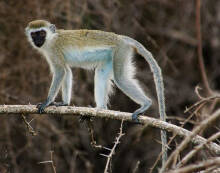
Chlorocebus pygerythrus
Chlorocebus pygerythrus,Vervet,Blue-bellied Green Monkey
Green monkey (scientific name: Chlorocebus pygerythrus) is called Vervet in ···
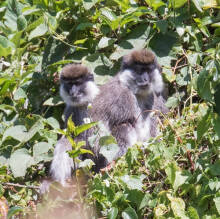
Chlorocebus djamdjamensis
Chlorocebus djamdjamensis,Bale Monkey
Bale Mountain Green Monkey (scientific name: Chlorocebus djamdjamensis) is a···

Chlorocebus cynosuros
Chlorocebus cynosuros,Malbrouck Monkey,Angola black-faced green monkey
Malbrouck Monkey (scientific name: Chlorocebus cynosuros) is a medium-sized ···
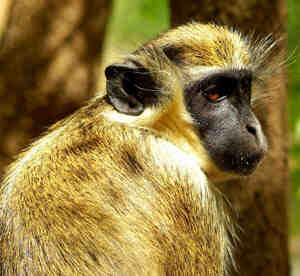
Chlorocebus sabaeus
Chlorocebus sabaeus,Grivet Monkey,Tantalus green monkey, Steppe green monkey
Black-faced green monkey (scientific name: Chlorocebus sabaeus) is also know···
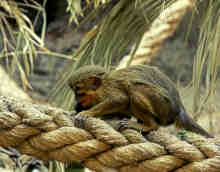
Miopithecus talapoin
Miopithecus talapoin,Foreign name Southern Talapoin Monkey,Angola pygmy monkey, southern pygmy monkey
Southern Talapoin Monkey (Scientific name: Miopithecus talapoin) Foreign nam···
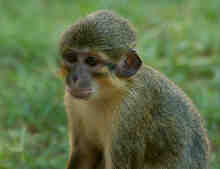
Miopithecus ogouensis
Miopithecus ogouensis,Northern Talapoin Monkey,Northern pygmy monkey
Gabonese pygmy monkey (scientific name: Miopithecus ogouensis), also known a···
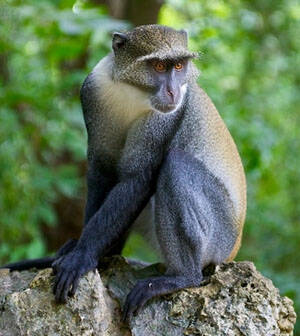
Allenopithecus nigroviridis
Allenopithecus nigroviridis,Allen's Swamp Monkey,Dark green long-tailed monkey
Allenopithecus nigroviridis (scientific name: Allen's Swamp Monkey) is t···
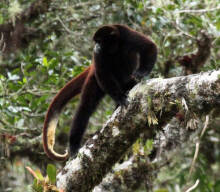
Lagothrix flavicauda
Lagothrix flavicauda,Peruvian Yellow-tailed,Yellow woolly monkey
Peruvian Yellow-tailed (Lagothrix flavicauda) is a diurnal monkey that likes···
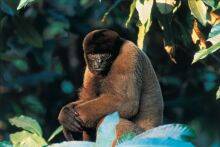
Lagothrix lagotricha
Lagothrix lagotricha,Common woolly monkey, Humboldt woolly monkey
The scientific name of woolly monkeys is Lagothrix lagotricha. They are diur···
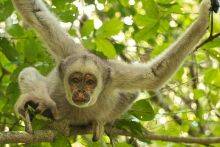
northern muriqui
northern muriqui,Northern woolly spider monkey
The northern muriqui is extremely rare and is one of the most endangered pri···
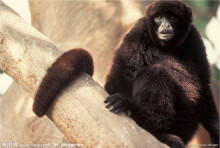
Ateles marginatus
Ateles marginatus,White-cheeked spider monkey,Amazon spider monkey
The Amazon spider monkey's scientific name is Ateles marginatus. It is n···
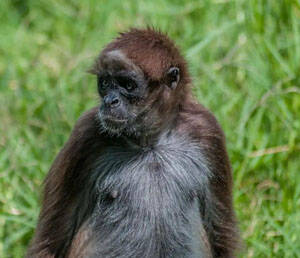
Ateles hybridus
Ateles hybridus,Spotted spider monkey,Brown spider monkey
The brown spider monkey, scientifically known as Ateles hybridus, is also kn···
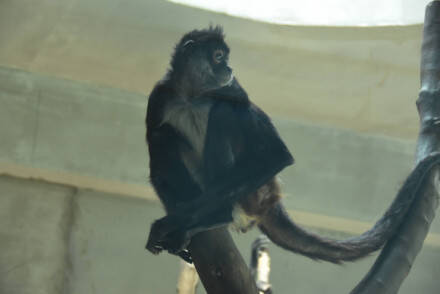
Ateles geoffroyi
Ateles geoffroyi,Red spider monkey
Black-handed spider monkey (scientific name Ateles geoffroyi) is a arboreal ···
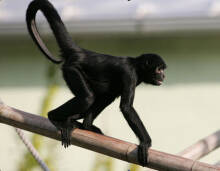
Ateles fusciceps
Ateles fusciceps
Brown-headed spider monkey (scientific name Ateles fusciceps) is a species o···
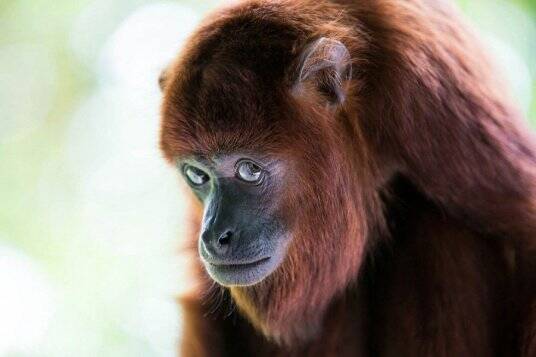
Alouatta seniculus
Alouatta seniculus
Red howler monkey (scientific name Alouatta seniculus) is a species of howle···

Alouatta pigra
Alouatta pigra,Red-faced howler monkey
The howler monkey (Alouatta pigra), also known as the red-faced howler monke···
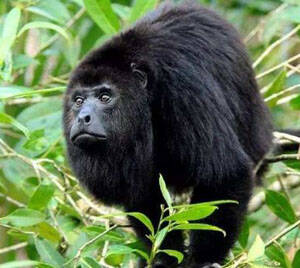
Alouatta palliata
Alouatta palliata,Mantled Howler Monkey,Long-haired howler monkey
Mantled Howler Monkey (scientific name: Alouatta palliata) is also known as ···
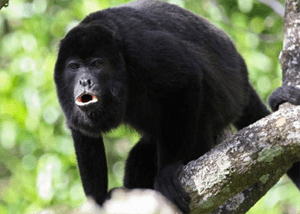
Alouatta caraya
Alouatta caraya
The scientific name of the black howler monkey is Alouatta caraya. It mainly···
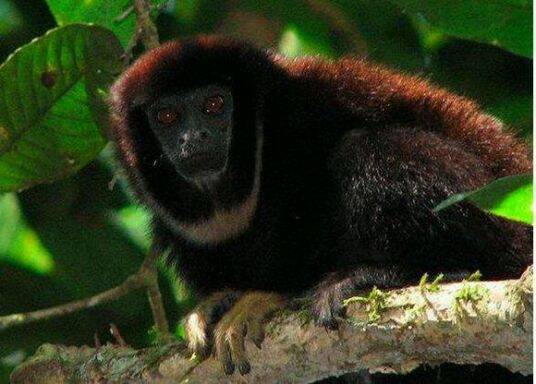
Callicebus lucifer
Callicebus lucifer
The scientific name of the white-collared monkey is Callicebus lucifer. It m···
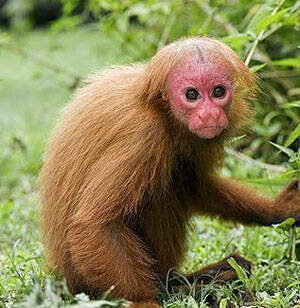
Cacajao calvus
Cacajao calvus
The scientific name of the white bald monkey is Cacajao calvus. 67% of their···
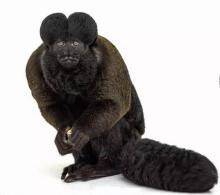
Chiropotes satanas
Chiropotes satanas,Black Bearded Saki,Black-bearded bush monkey
The scientific name of the black bush-tailed monkey is Chiropotes satanas, a···
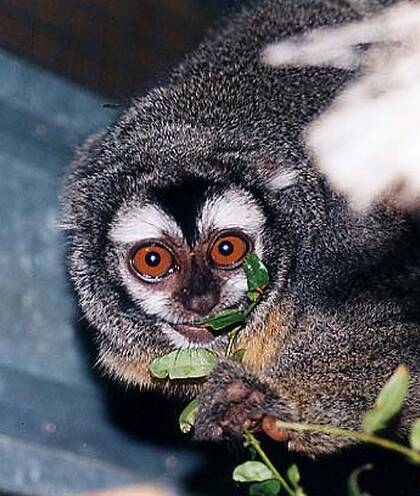
Aotus trivirgatus
Aotus trivirgatus,Douroucouli、Night Monkey,owl monkey
The night monkey (scientific name: Aotus trivirgatus) is also known as Douro···
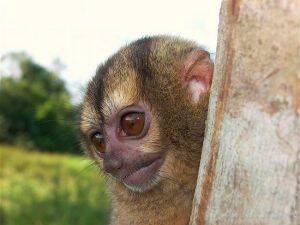
Aotus lemurinus
Aotus lemurinus,Colombian Night Monkey,Gray-bellied Night Monkey
Aotus lemurinus (scientific name: Colombian Night Monkey) is a species of Ao···
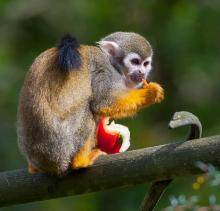
Saimiri sciureus
Saimiri sciureus
Squirrel monkeys (scientific name: Saimiri sciureus) have 4 subspecies. They···
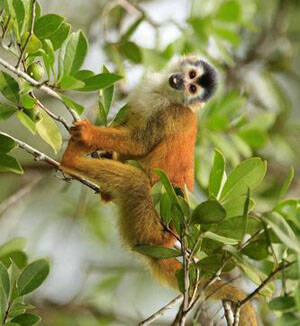
Saimiri oerstedi
Saimiri oerstedi,Panamanian squirrel monkey, red-backed squirrel monkey
The scientific name of the red-backed squirrel monkey is Saimiri oerstedi. T···
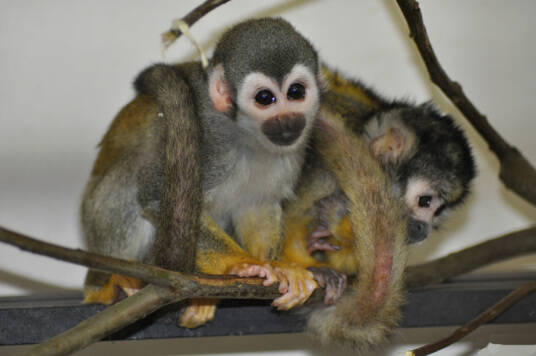
Saimiri ustus
Saimiri ustus,Naked-eared squirrel monkey
The scientific name of the Mahe squirrel monkey, Saimiri ustus, is a tree-dw···
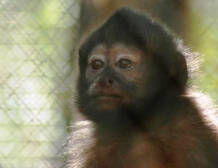
Sapajus robustus,
Sapajus robustus, Crested Capuchin、Robust Tufted Capuchin,Schopfkapuzineraffe, Macaco Prego、macaco prego de crista,Crested Capuchin
Sapajus robustus (scientific name: Sapajus robustus) English Crested Capuchi···
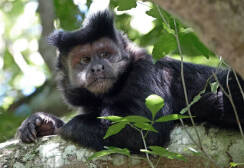
Sapajus nigritus
Sapajus nigritus, Black-horned Capuchin、Black Capuchin、Black-capped capuchin, Sajou、Sapajou, Capuchino、Mono-capuchino, Schwarzer Kapuzineraffe
Black-horned Capuchin (scientific name: Sapajus nigritus) is called Black-ho···
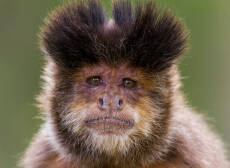
Sapajus libidinosus
Sapajus libidinosus, Bearded Capuchin、Black-striped Capuchin,Rückenstreifen-Kapuzineraffe, Macaco-prego、Macaco-prego-amarelo
Bearded Capuchin (scientific name: Sapajus libidinosus) English Bearded Capu···
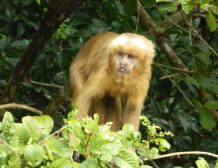
Sapajus flavius
Sapajus flavius, Blonde Capuchin、 Marcgrave's Capuchin Monkey, Blonder Kapuzineraffe
Blonde Capuchin (scientific name: Sapajus flavius) English Blonde Capuchin, ···
